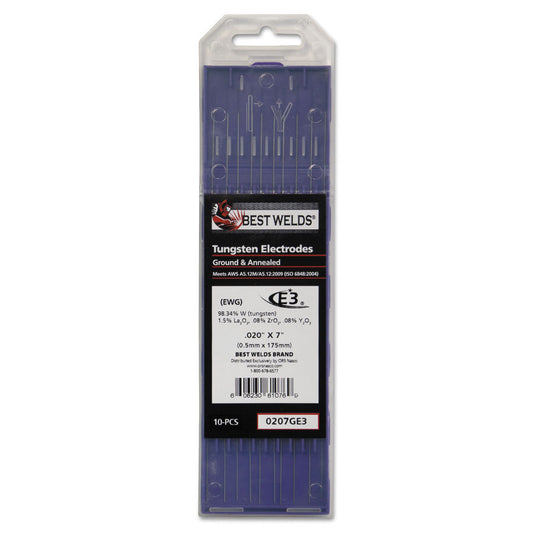With its ability to work with various metal types and produce the highest quality welds, TIG welding is the most difficult of the welding process to learn. To help you on your way, here is an introduction to TIG welding.
This guide was inspired by content from GoWelding.org, one of the ultimate resources for understanding the core aspects of welding.
Picture from GoWelding.org
What Is Tungsten Inert Gas Welding?
Tungsten Inert Gas welding, or TIG, is a manual welding process. It takes both of the welder’s hands in order to operate a TIG welding machine. TIG welding differs from other welding process by:
- arc creation
- method of adding filler metal
Most use TIG welding for:
- creating critical weld joints
- “welding metals other than common steel”
- creating “precise, small welds”
Are there other names for TIG welding?
TIG welding goes by various different names.
- Tungsten Inert Gas welding – what TIG stands for
- Gas Tungsten Arc welding or “GTAW” – the proper name for TIG welding. Welding organizations such as the American Welding Society use this term and its abbreviation when talking about TIG welding. GTAW is also the abbreviation used by welding engineers.
- Heliarc welding – an “old school” term. Heliarc welding indicates the main type of gas used when TIG welding made its debut in the 40’s: helium.
Factors for using alternative names include:
- Employers – companies may decide to list job ads for TIG welders under the “proper” name (“TIG” is a slang term)
- Welding test – alternative name may be used in order to test a welder’s knowledge of the process
- Veteran welder – may refer to TIG welding as “Heliarc welding.”
How does the TIG welding process work?
TIG welding is a two-handed process. In other words, the welder must use both of his/her hands in order to properly operate a TIG welding machine. One hand holds the TIG torch while the other hand adds filler metal to the weld joint.
There are three components to TIG welding:
- Filler metal
- Heat
- Shielding
Here is how those three components make up the TIG welding process:
First the welder turns on the gas flow, many times by a valve on the TIG torch itself. The gas begins to flow and starts protecting the weld area from the air. The torch is held over the weld joint just far enough for the torch not to touch the metal. Then the welder presses a foot pedal and the TIG torches tungsten electrode starts an arc. Once the arc is started the two pieces of metal begin to melt by creating a puddle of metal. Once the puddle is established, the welder’s other hand begins dipping a welding wire into the arc to fill the joint. Ultimately this process creates a single piece of metal.
Talk to me about TIG welding electrodes.
All TIG electrodes contain the same main ingredient: tungsten, but each electrode type contains small percentages of other metals. Each electrode can help produce a different arc characteristic, depending on what other metals are in the electrode.
Common metals added to tungsten include:
- Cerium
- Lanthanum
- Zirconium
The following for mixtures are the most widely used in TIG electrodes:
- Pure Tungsten, EWP
- 1% Thorium Tungsten, EWPTh-1
- 2% Thorium Tungsten, EWPTh-1
- 25% to 50% Zirconium Tungsten, EWLa-1
To find out more about the purpose of each metal mixture, visit GoWelding.org.
Common TIG electrode sizes range in thickness from:
- .04
- 1/16
- 3/32
- 1/8
- 5/32
- 3/16
- 1/4
Visit GoWelding.org for more detailed instruction and information on TIG welding. There you’ll find topics such as:
– How to Convert a Stick Welder into a TIG Welder
– Joint Set-Up
– How to Purge Pipe
– and more!



